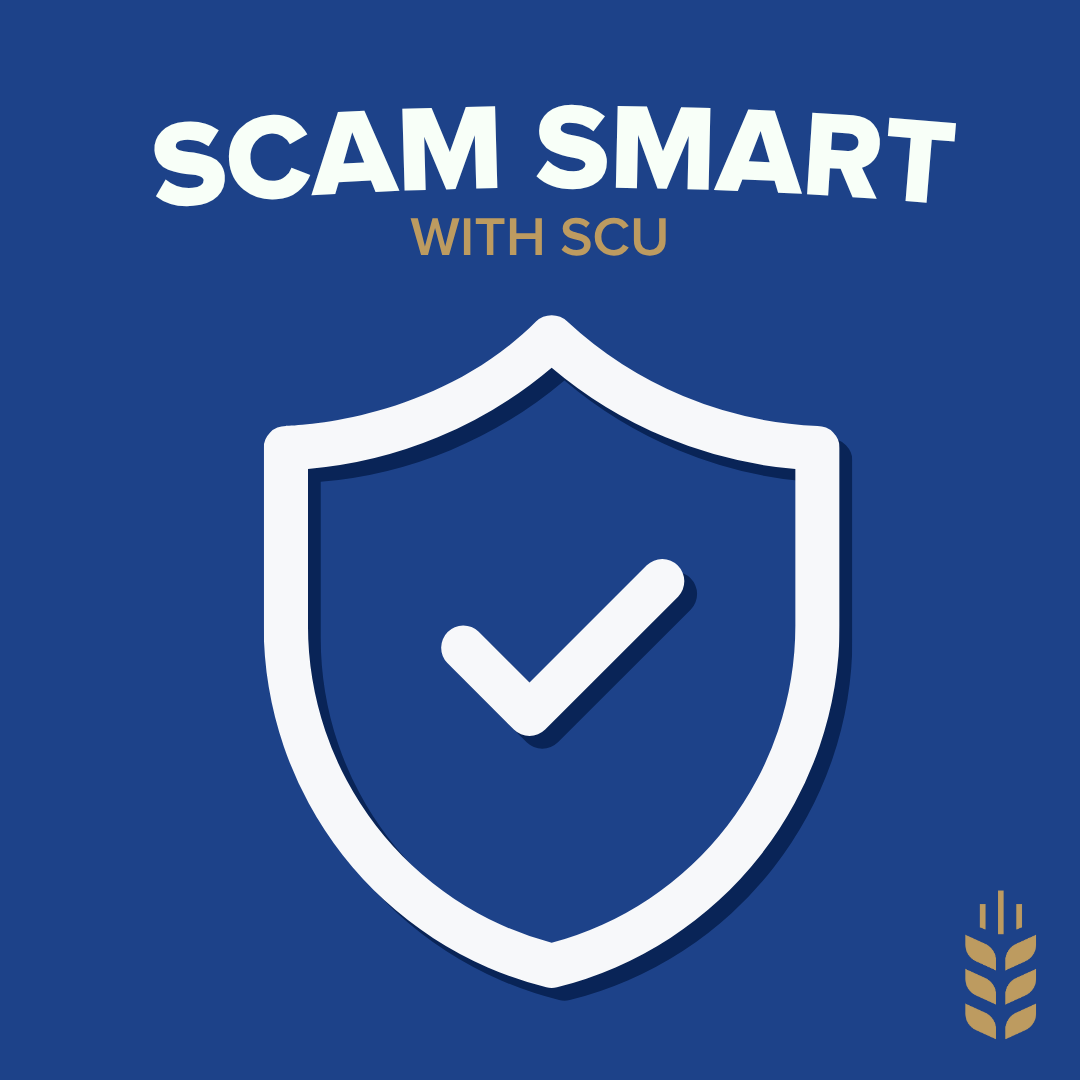At Stoughton Credit Union, we prioritize your financial security. We believe in empowering our members with knowledge to protect themselves against fraud. Stay informed and vigilant to safeguard your hard-earned money. Join us in the fight against fraud and keep your finances safe with Stoughton Credit Union.
example:
- Bank Fraud Alerts: These messages appear to come from the victim’s bank, warning about unauthorized transactions or suspicious activities. The user is then prompted to click on a link to verify their transactions or call a number, both controlled by the attacker.
- Service Cancellation: The attacker warns the victim that a subscription or service (like a streaming service or software subscription) is about to be canceled due to a payment issue. They’re urged to click on a link to “resolve” the issue, which usually leads to a phishing page.



